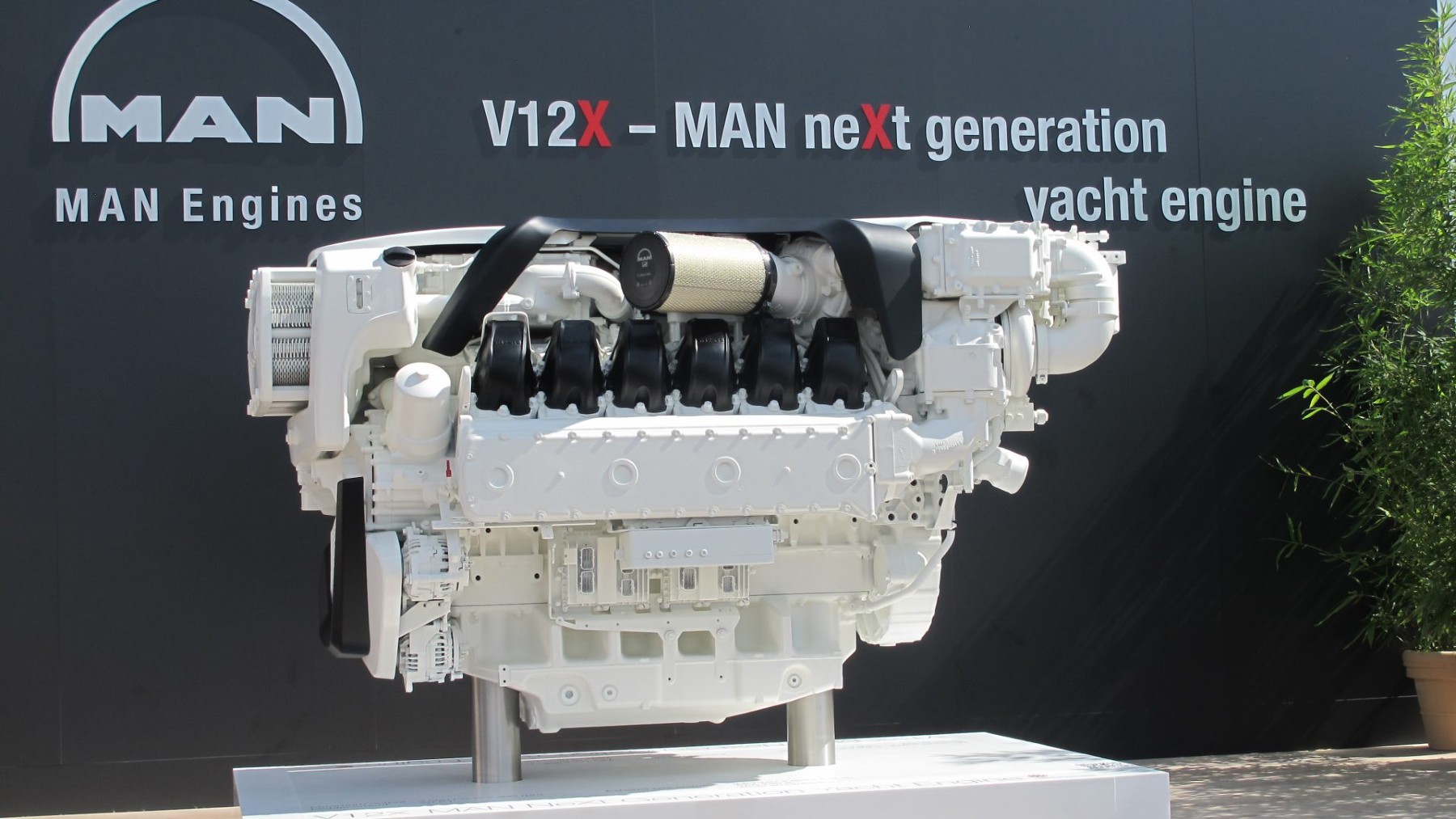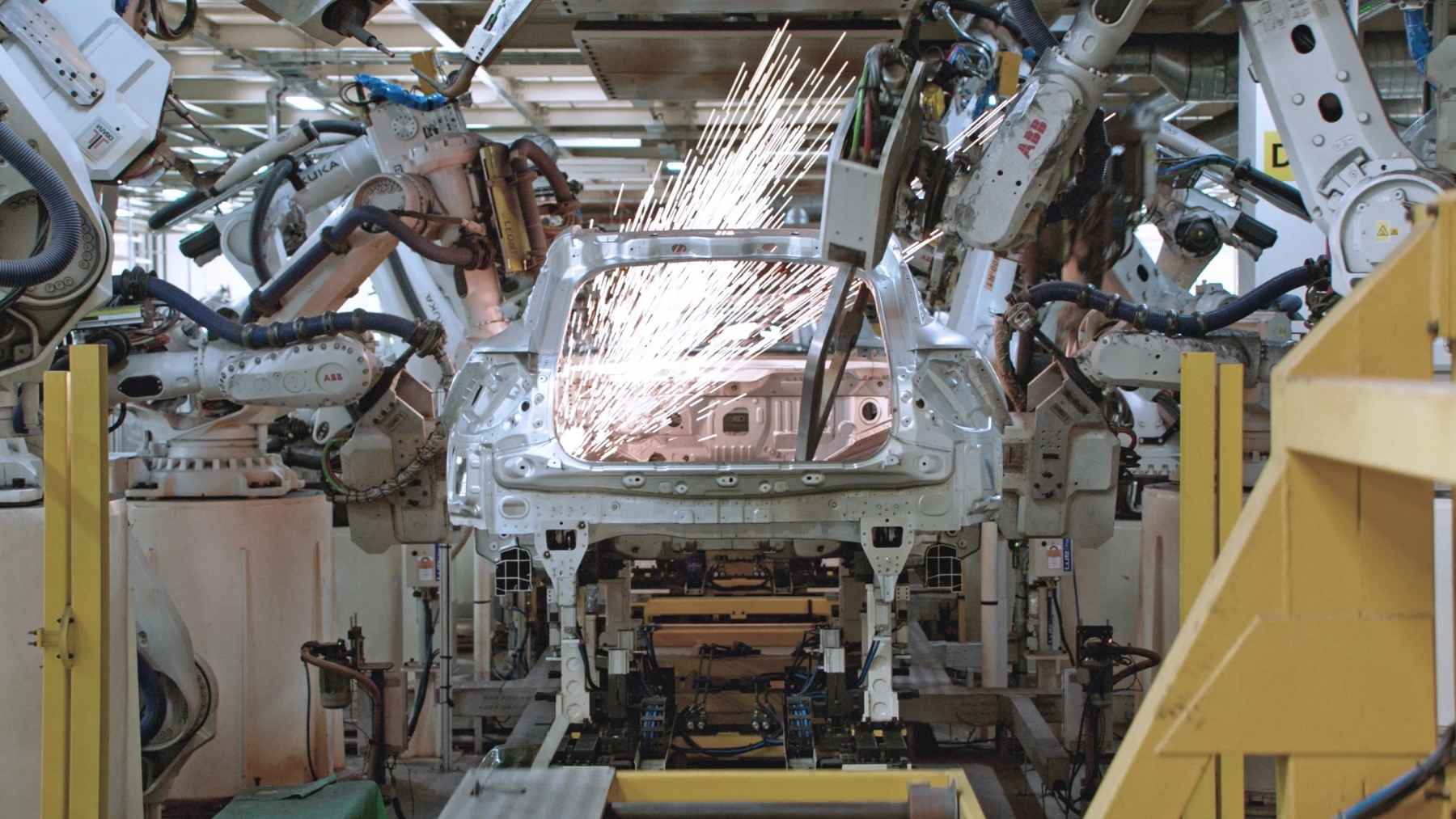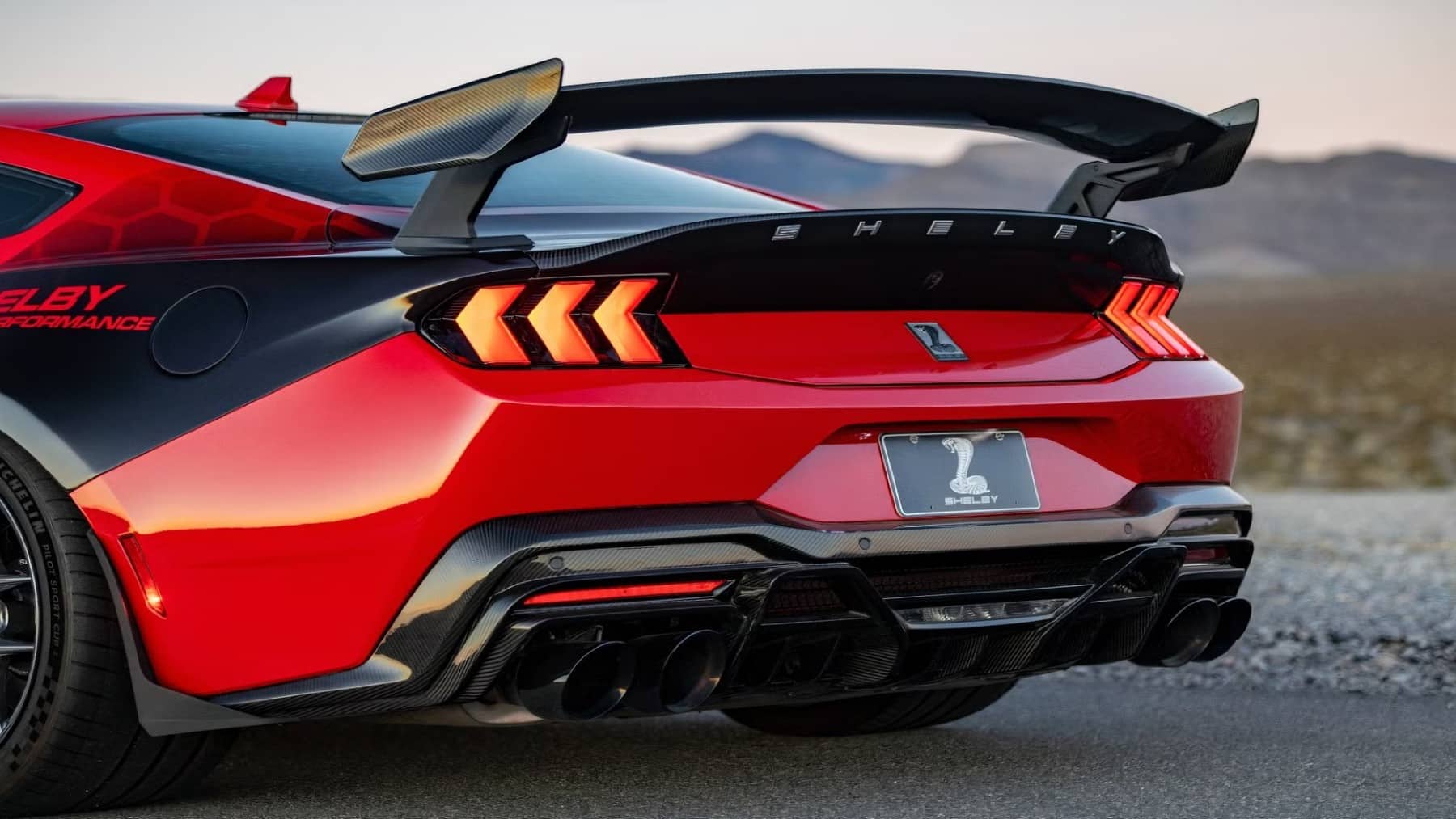While hydrogen engines have been fast on the heels of electric engines in terms of popularity, a new competitor may be on the horizon. MAN Energy Solutions, a German manufacturer of large diesel engines and turbomachinery for maritime and stationary applications, has recently announced the ‘AmmoniaMot 2’ research project. This project aims to create a four-stroke, medium-speed, dual-fuel test ammonia-powered engine. This development comes off of MAN’s success with developing the first two-stroke ammonia engine the world has ever seen.
Where does ammonia fall in the pecking order currently?
Ammonia engines, hydrogen engines, and electric engines are all emerging technologies being explored as alternatives to traditional fossil fuels for transportation, each with its unique advantages and challenges in terms of feasibility, infrastructure, and environmental impact. While the electric engine has dominated the alternative energy sphere for the past two decades, hydrogen has fast gained attention in recent years while ammonia is also growing in popularity.
While hydrogen has gained traction for being a viable alternative fuel source for automobiles, ammonia is making waves more in the maritime industry and heavy-duty transport. When burned in an engine, ammonia produces no CO₂ emissions, making it an attractive option for industries aiming to meet decarbonization goals. One of the most significant challenges to this however is the need to address ammonia’s toxicity and handling risks if it was to be a viable large-scale solution.
MAN’s AmmoniaMot 2 project
The new project by the German giant has been launched in partnership with various industry and research institutions and is supported by the German Federal Ministry for Economic Affairs and Climate Action (BMWK). The project saw its induction in August of this year and is expected to span over the next three and a half years. The results from the prior and initial AmmoniaMot project which concluded in May of this year have laid the groundwork for the objective of AmmoniaMot 2.
Alexander Knafl, Head of Engineering R&D Four-Stroke, MAN Energy Solutions: said, “For MAN Energy Solutions, this project is the next logical step after the previous AmmoniaMot project. It perfectly supports our own strategy to develop sustainable technologies and we very much appreciate the opportunity to work with our distinguished partners. For us, the path to decarbonizing the maritime industry starts with decarbonizing fuels and, in this context, ammonia is an excellent candidate as it is carbon-free and thus avoids CO2-emissions when used as a fuel in our engines.”
Ammonia to play a crucial role in sustainability
MAN Energy Solutions has stated that it envisions the future use of ammonia-powered, four-stroke engines primarily in newbuild projects for non-passenger vessels, such as cargo ships or specialized vessels, as well as in auxiliary GenSets for large ammonia-powered two-stroke vessels. For passenger ships, including ferries and cruise liners, the company is focusing on methanol as the fuel of choice for the future and is already working on developing engines suited for this fuel in parallel.
Ammonia, along with hydrogen and electric solutions, is set to play an integral role with diversifying alternative energy solutions as the world works to build a sustainable future. While hydrogen and ammonia engines offer exciting possibilities for achieving zero emissions, their widespread adoption will depend on overcoming challenges related to production, storage, infrastructure, and cost.
On the plus side, electric engines have already made significant strides in passenger cars and are becoming more competitive in other sectors as well, but they will likely need to be supplemented by hydrogen and ammonia solutions to address the needs of heavier transport and longer-distance travel. Each technology has its role to play in a diverse and decarbonized transportation ecosystem for the future.













